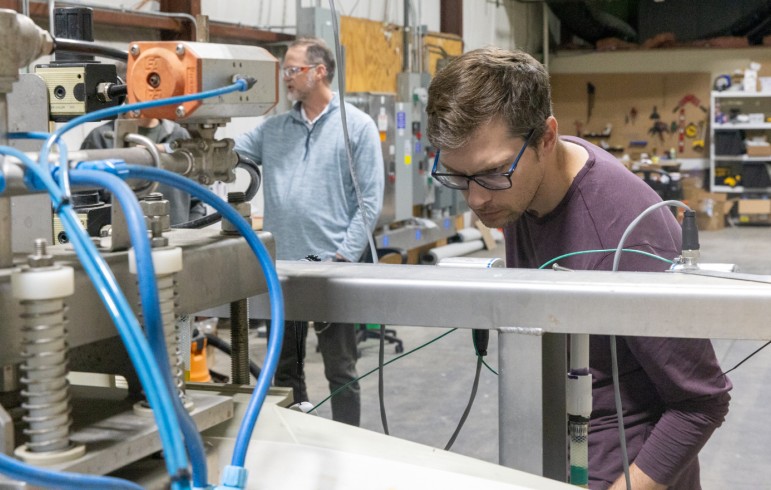Making fuels and other products from plants requires treating the plant fibers to break apart sugars and other parts of the plant cell wall. The leftover liquid (or liquor) from the process must be treated to remove hazardous compounds before it can be safely thrown away. Therefore researchers have explored reusing spent liquor or extracting the organic compounds for use as fuels or industrial chemicals. Here, researchers identified phenolic compounds, a group of ring-shaped aromatic molecules, in spent liquor from a pretreatment process using ammonia dissolved in water.
The Science
Plant cell walls are made of three main polymers, or long chains of molecules: cellulose, hemicellulose, and lignin. Cellulose and hemicellulose are sugars that can be converted into biofuels.
Two WEI researchers explain the connection between gene editing and clean energy in plain-language essays about their work — one with plants, the other with microbes.
Brayan Riascos Arteaga is a third year PhD student in the Department of Civil and Environmental Engineering. He works in the Noguera lab, where he’s developing ways to utilize manure fibers as a lignocellulosic resource.
Using a process called adaptive laboratory evolution, scientists found that a single genetic change allows N. aromaticivorans to digest acetovanillone, an aromatic compound in biomass that most studied microbes can't digest. DNA analysis predicts that many other bacteria use similar proteins to digest this and other related aromatic compounds.
When Kevin Myers needed computer software to support his biological investigations, he taught himself to code. Now he’s sharing that knowledge with others.
Avery Vilbert joined the Wisconsin Energy Institute in 2020 as a postdoc in the Donohue lab, where she is now a staff scientist studying Novosphingobium aromaticivorans, a bacterium that can eat plant waste and convert it into products used to make bioplastics, cosmetics, and other industrial commodities.



